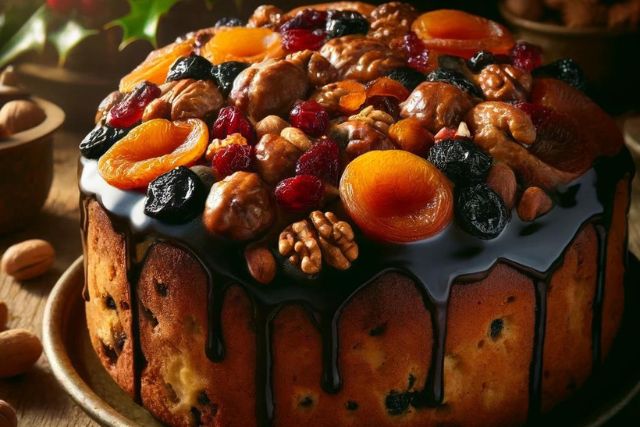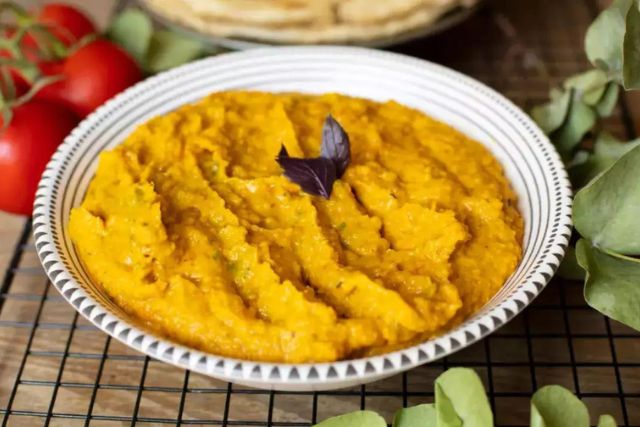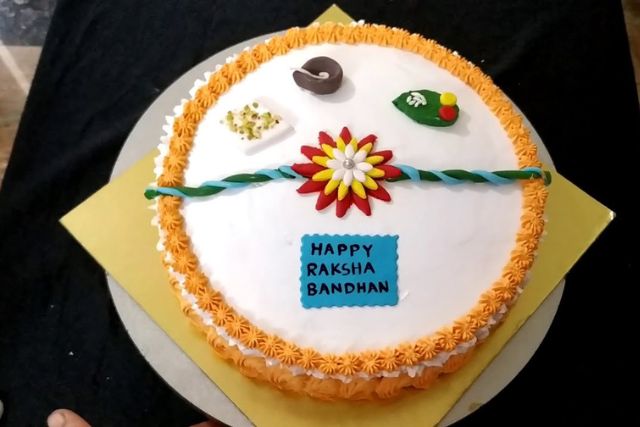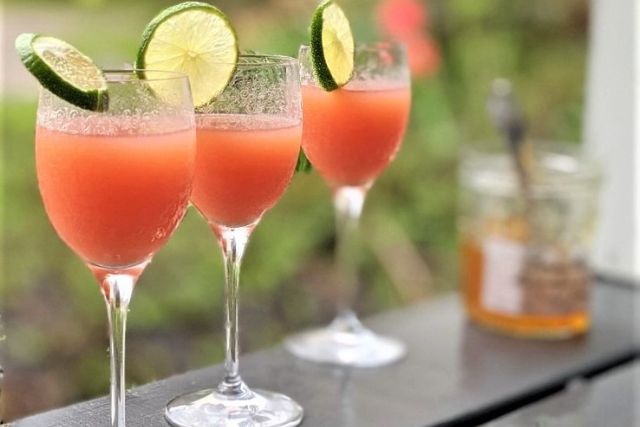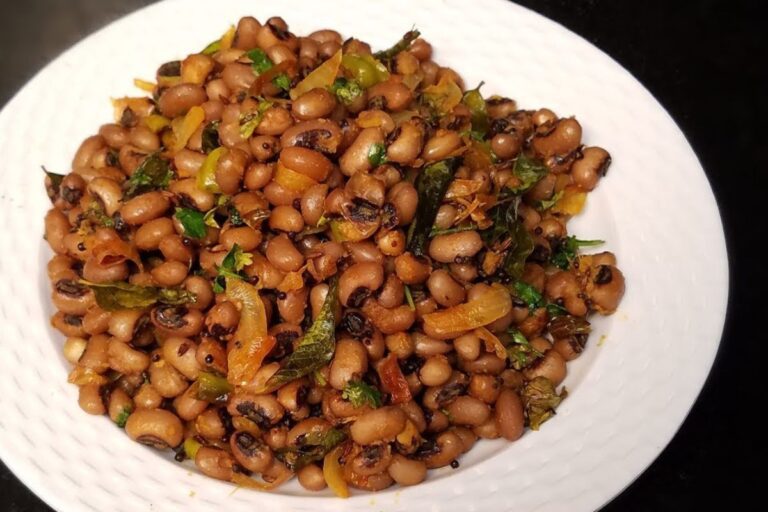Pesarattu Recipe : Authentic Delicious and Nutritious South Indian Delight
In the vibrant tapestry of South Indian cuisine, Pesarattu stands out as a beloved dish that effortlessly combines taste with nutrition. This wholesome delicacy, originating from Andhra Pradesh, is not just a treat for the taste buds but also a nourishing choice for health-conscious individuals. Pesarattu, often referred to as moong dal dosa or green gram dosa, is not only easy to prepare but also rich in protein and low in calories, making it a perfect addition to any diet. Whether you’re a seasoned chef or a novice in the kitchen, mastering the art of making Pesarattu Recipe will surely elevate your culinary repertoire.
Understanding Pesarattu Recipe : The Essence of South Indian Gastronomy
Pesarattu derives its name from the Telugu words ‘pesara’ meaning green gram and ‘attu’ meaning dosa or crepe. Traditionally, it is made from whole green gram (moong dal) soaked, ground into a batter, and then spread thinly on a hot griddle to create a crisp, golden dosa. The addition of spices and herbs not only enhances the flavor but also boosts its nutritional profile. Typically served with ginger chutney or coconut chutney, Pesarattu Recipe can be enjoyed as a breakfast dish or a light meal throughout the day.
The Health Benefits of Pesarattu Recipe
One of the standout features of Pesarattu is its nutritional density. Moong dal, the primary ingredient, is a rich source of plant-based protein, fiber, and essential nutrients such as folate, manganese, potassium, and vitamin B complex. Unlike traditional dosas made from rice and lentils, Pesarattu Recipe offers a gluten-free alternative that is lighter on the stomach and suitable for individuals with gluten sensitivities. Its low glycemic index also makes it an excellent choice for those managing blood sugar levels.
Step-by-Step Guide to Making Perfect Pesarattu Recipe

Ingredients:
- 1 cup whole green gram (moong dal)
- 2-3 green chilies (adjust to taste)
- 1 inch piece of ginger, chopped
- A handful of fresh coriander leaves
- Salt to taste
- Water as needed
- Oil or ghee for cooking
Method:
- Soaking the Moong Dal:
- Rinse the moong dal thoroughly under running water until the water runs clear.
- Soak the moong dal in enough water for 4-6 hours or overnight. This softens the dal and makes it easier to grind.
- Preparing the Batter:
- Drain the soaked moong dal and transfer it to a blender or food processor.
- Add green chilies, chopped ginger, fresh coriander leaves, and salt to taste.
- Blend into a smooth batter, adding water as needed to achieve a pouring consistency similar to that of dosa batter.
- Making Pesarattu:
- Heat a non-stick griddle or a cast-iron skillet over medium heat.
- Once hot, pour a ladleful of batter onto the center of the griddle.
- Using the back of the ladle, spread the batter in a circular motion to form a thin crepe.
- Drizzle a little oil or ghee around the edges of the pesarattu and cook until the bottom turns golden brown.
- Flip the pesarattu and cook the other side until crisp and golden.
- Remove from the griddle and serve hot with coconut chutney or ginger chutney.
Tips for Perfect Pesarattu Recipe
- Consistency of Batter: The batter should be smooth and of pouring consistency. Too thick batter will result in thick dosas, while too thin batter may not spread evenly on the griddle.
- Temperature Control: Maintain a medium heat while cooking the pesarattu to ensure even cooking without burning.
- Toppings and Variations: While traditionally served plain or with chutney, you can add finely chopped onions, grated carrots, or even paneer for added flavor and texture.
Embracing Pesarattu Recipe in Modern Cuisine
As culinary preferences evolve, so does the versatility of Pesarattu Recipe. Beyond its traditional form, innovative chefs have experimented with variations such as stuffing it with spiced potatoes or using it as a wrap for a fusion twist. Its adaptability makes it a favorite among health enthusiasts and food lovers alike, bridging the gap between taste and nutrition effortlessly.
Savoring the Essence of Pesarattu Recipe
In conclusion, Pesarattu Recipe embodies the essence of South Indian gastronomy—a blend of simplicity, flavor, and nourishment. Whether enjoyed as a wholesome breakfast or a light meal, its appeal lies in its nutritional benefits and culinary versatility. By mastering the art of making Pesarattu, you not only treat yourself to a delicious dish but also embark on a journey through the rich culinary heritage of Andhra Pradesh. So, gather your ingredients, fire up your griddle, and indulge in the delight of homemade Pesarattu—a true testament to the art of South Indian cooking.
As you explore the world of Pesarattu Recipe, remember that its charm lies not only in its taste but also in the joy of creating a dish that brings together tradition and modernity on your plate. Happy cooking!
Frequently Asked Questions (FAQs) about Pesarattu Recipe
What is Pesarattu?
Pesarattu is a traditional South Indian crepe made from green gram (moong dal) and rice. It is typically served for breakfast or as a snack and is known for its crisp texture and nutty flavor.
How do you make Pesarattu batter?
To make Pesarattu batter, soak green gram (moong dal) and rice together for a few hours. Blend them into a smooth batter along with green chilies, ginger, cumin seeds, and salt. The batter is then fermented for a few hours to enhance its flavor before making the crepes.
What is the difference between Pesarattu and Dosa?
Pesarattu and dosa are both South Indian crepes, but they differ primarily in their main ingredients. Pesarattu is made from green gram (moong dal) and rice, giving it a green hue and a distinct flavor. Dosa, on the other hand, is typically made from fermented rice and urad dal (black gram dal) and has a different texture and taste.
How do you serve Pesarattu?
Pesarattu is often served hot with various accompaniments. Traditionally, it is paired with upma (a savory semolina dish), ginger chutney, coconut chutney, or allam pachadi (ginger chutney). It can also be enjoyed with a dollop of ghee (clarified butter) for added richness.
Is Pesarattu healthy?
Yes, Pesarattu Recipe is considered a healthy dish due to its high protein content from green gram (moong dal). It is also gluten-free and low in calories, making it suitable for those following a vegetarian, vegan, or gluten-free diet. Additionally, it is rich in fiber, vitamins, and minerals, contributing to its nutritional value.

